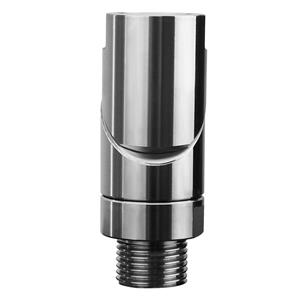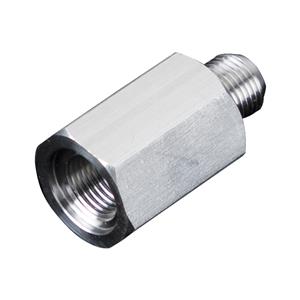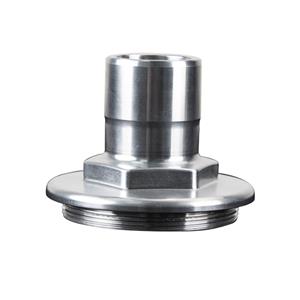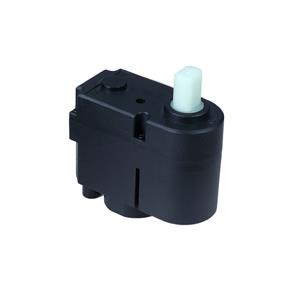Powder Metallurgy Gear Manufacturing Process
Powder Metallurgy Gear Manufacturing Process
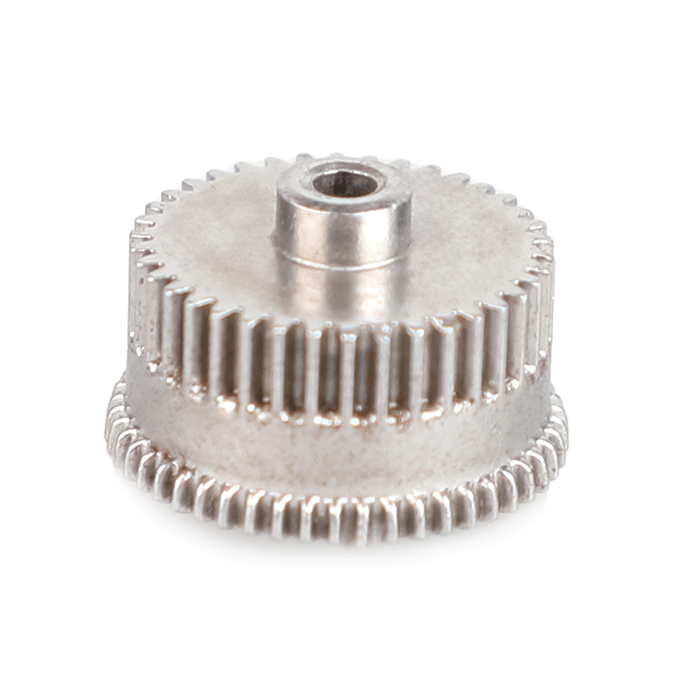
Powder Metallurgy Gear Grouping:
This comprehensive manufacturing process involves various essential steps to create high-quality powder metallurgy gears. The process can be broken down into the following key stages: powder rough selection, powder fine selection, metal mold production, sintering, heat treatment, and analytical testing.
Powder Rough Selection:
In this initial phase, the selection of the appropriate powder variety is crucial. Any substandard or unsuitable powder is discarded to ensure that the final product meets the highest quality standards.
Powder Fine Selection:
The chosen powders, having passed through the rough selection, are subjected to a finer selection process. This ensures that the powder particles meet the precise requirements for the production of gears.
Metal Mold Production:
After the powders are meticulously selected, they are transformed into molds with specific shapes that define the gear's structural design. These molds play a critical role in shaping the final product.
Sintering:
The next step involves placing the powder-filled molds into a sintering furnace. Here, the molds undergo a carefully controlled sintering process, where they are heated to specified temperatures for a predefined duration. This process effectively solidifies the powder particles, resulting in a robust and durable gear structure.
Heat Treatment:
Once the sintering is complete, the products are transferred to a heat treatment facility. Here, they undergo a precisely controlled heat treatment process at designated temperature parameters. This process imparts improved corrosion resistance, enhanced wear resistance, and increased resistance to aging, ensuring the gears are capable of withstanding various environmental conditions and mechanical stress.
Analytical Testing:
The final stage involves subjecting the products to thorough analytical testing. This step includes chemical analysis and rigorous mechanical testing to validate and certify the quality of the gears. This comprehensive testing process ensures that the gears meet the stringent quality standards required for their intended applications.

